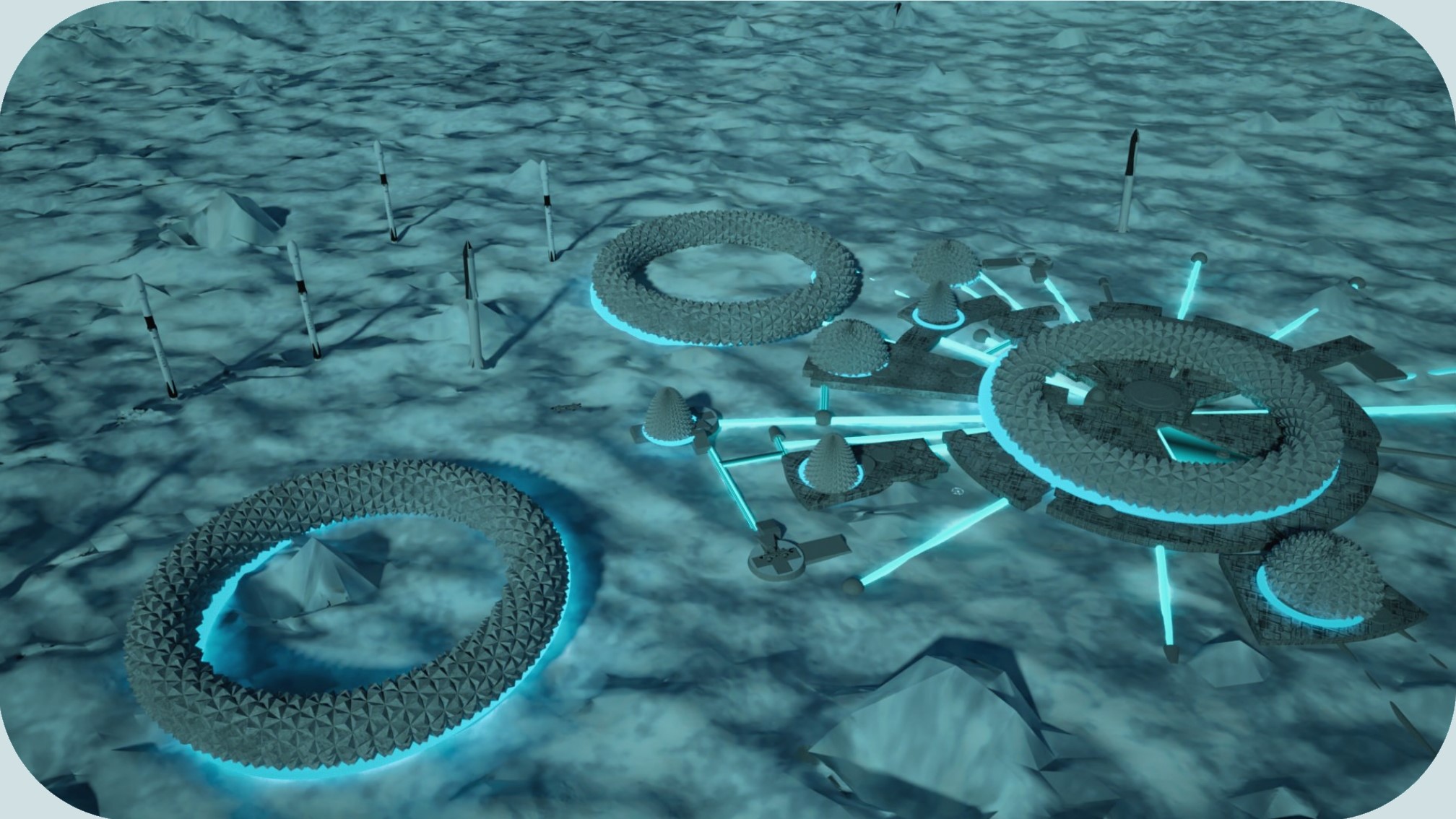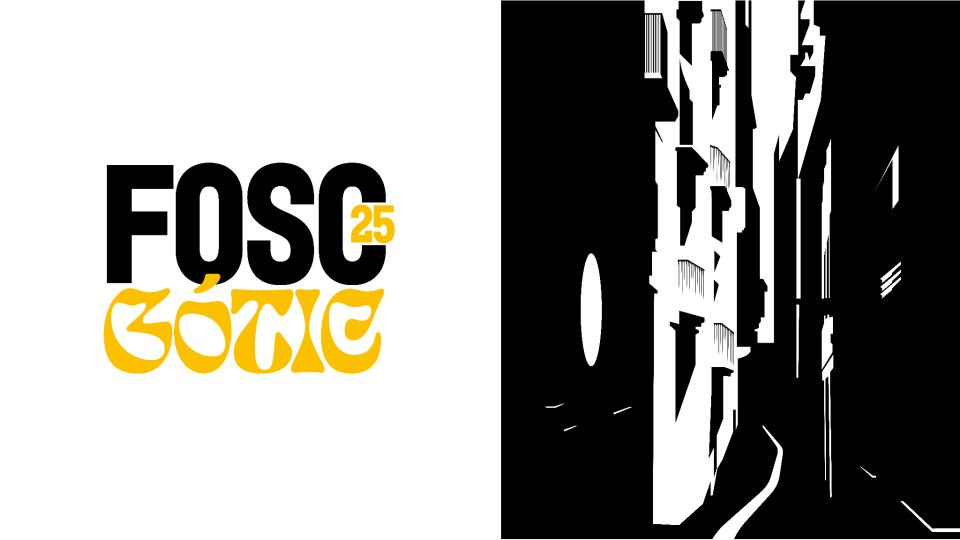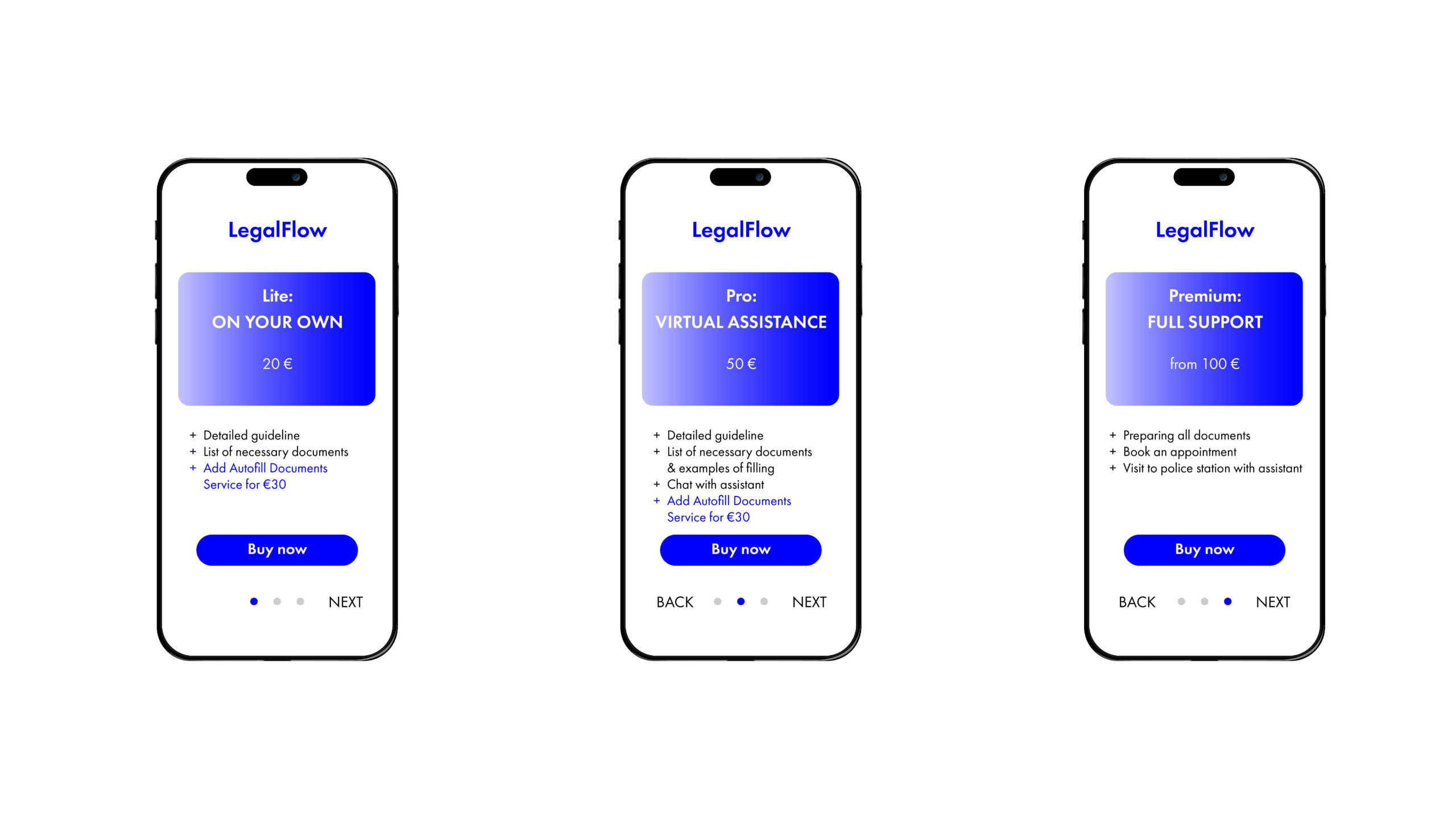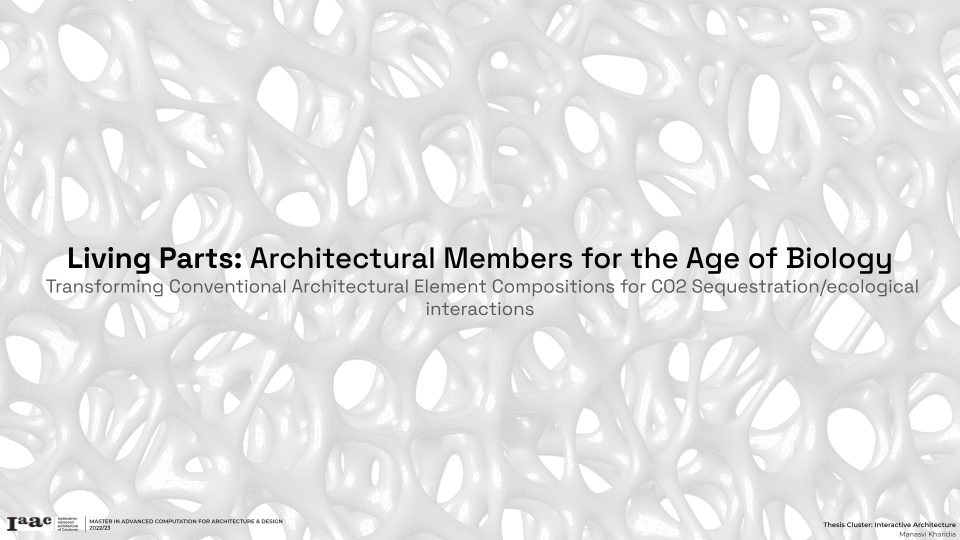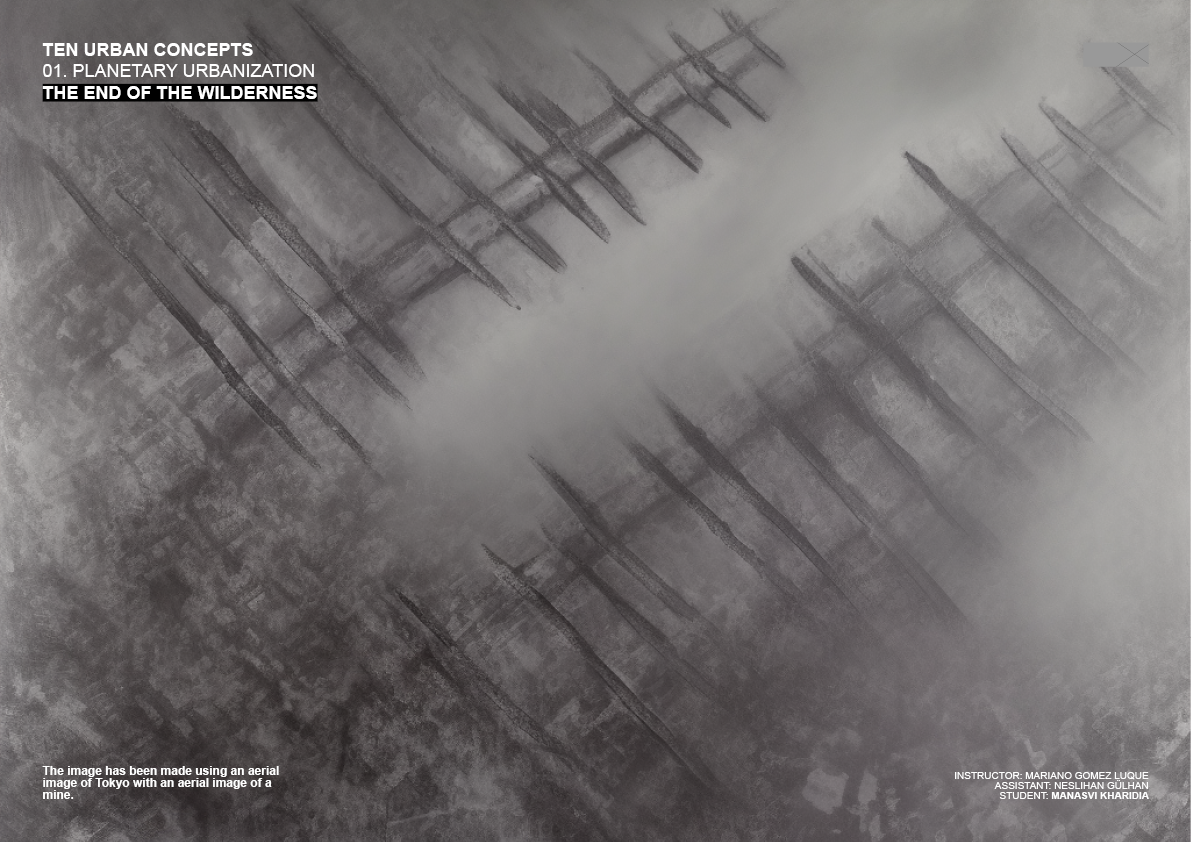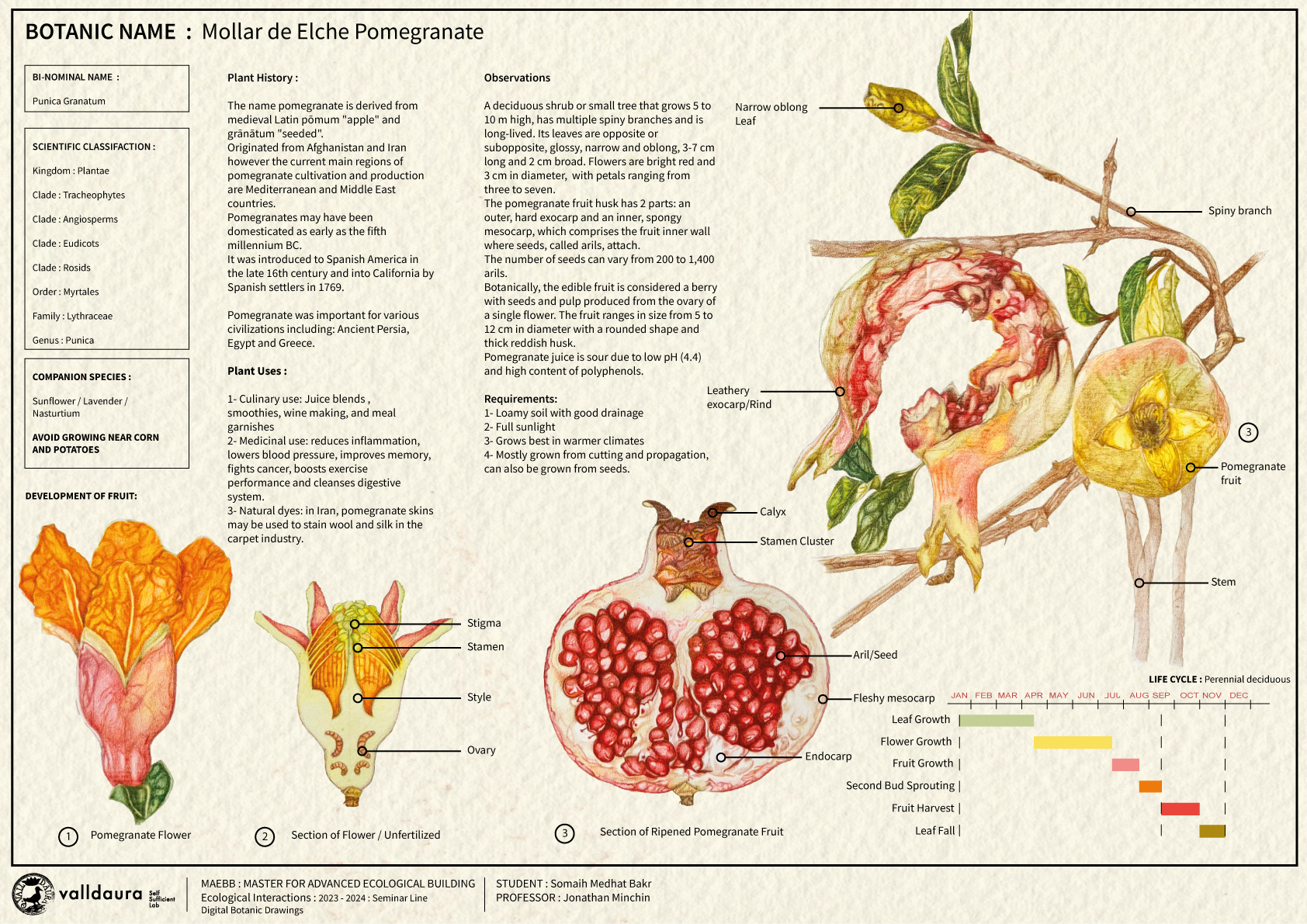AFTER DEMOLITION : A general methodology for recycle buildings
This project provides design-to-fabrication workflow for upcycling building before the demolition of architecture. Rather than down cycling concrete into low value aggregate, redirected steel back into the furnace or grinding up timber into OSB board, methods are shown for this material to be indexed, re-matching and rearranged into new assemblies. These assemblies are conceived of … Read more


